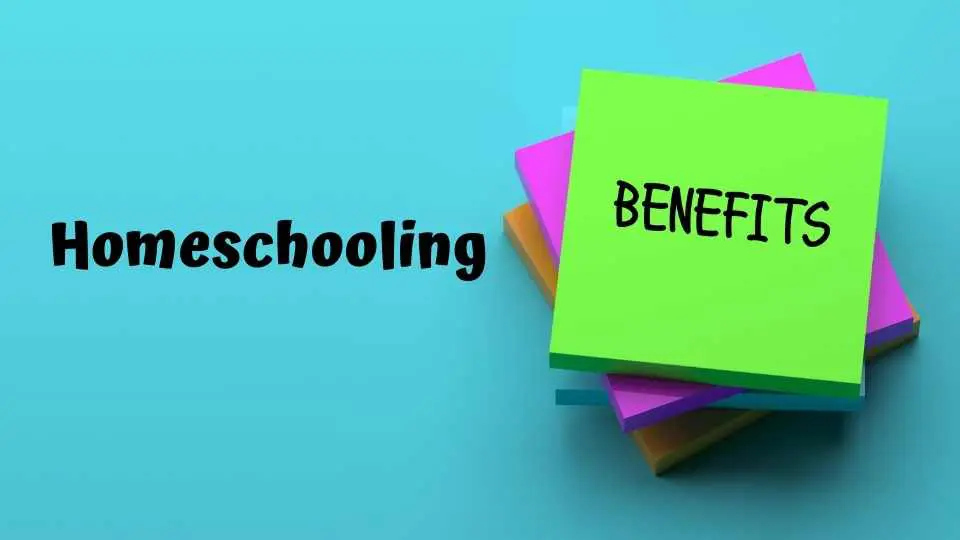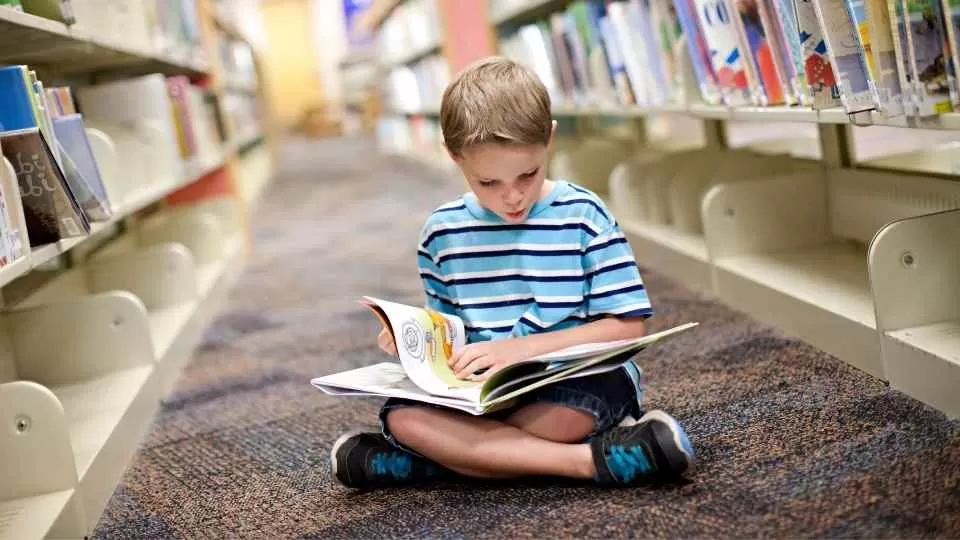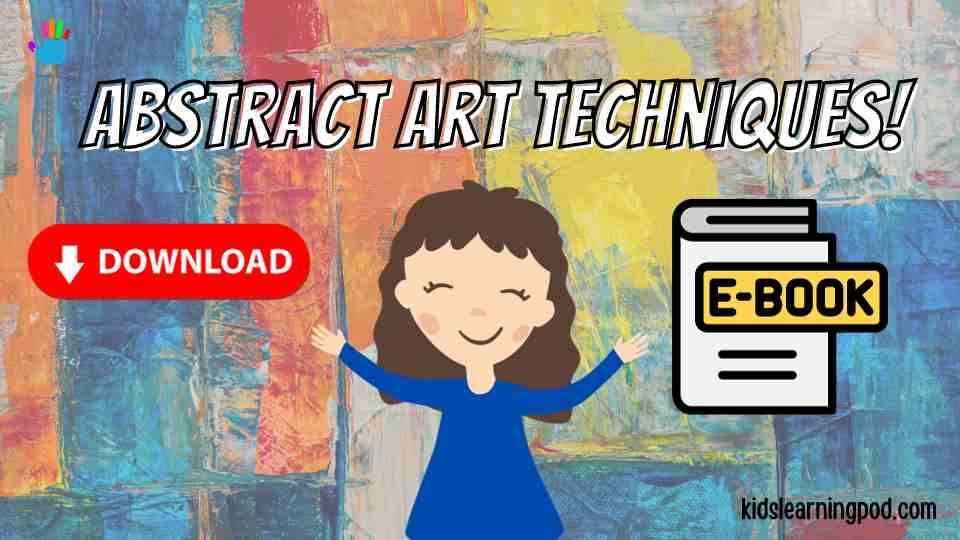Best preschool curriculum exists?
Best preschool curriculum is one thing we all need as a parent or caregiver of a preschool-aged child (either homeschooling or not), you want to ensure that your little one is getting the best possible start to their education. Developing a strong and effective preschool curriculum can be a great way to help your child develop important skills and knowledge, while also instilling a love of learning that will stay with them throughout their academic career.
However, with so many options and approaches to early childhood education, it can be difficult to know where to begin. In this blog post, we’ll share some helpful tips and tricks for a winning preschool curriculum that will engage and inspire your little learners and set them on the path to success.
How to form a best preschool curriculum for your little ones!
Assess your child’s needs and interests!
When developing a best preschool curriculum for kids, it is important to begin by assessing your child’s individual needs and interests. This can be done by observing your child’s behaviors, interactions with others, and natural curiosities. You can also talk to your child’s teacher or childcare provider to gain insight into areas where your child may need additional support or areas where they excel.
Once you have a clear understanding of your child’s needs and interests are, you can begin to build a best preschool curriculum that is tailored to their unique needs. This can include selecting learning materials and activities that align with your child’s interests, as well as incorporating activities that challenge them to develop new skills and abilities. By taking the time to assess your child’s individual needs and interests, you can help to create a curriculum that is engaging, effective, and tailored to your child’s unique learning style.
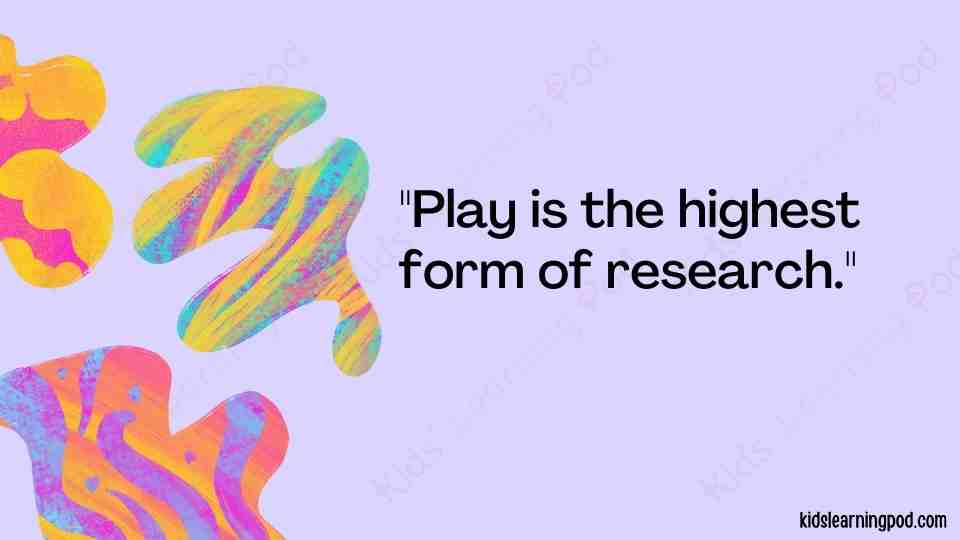
Set learning goals!
Setting clear and achievable learning goals is an essential step in developing a successful best preschool curriculum for kids. When setting learning goals, it is important to consider your child’s individual needs and abilities, as well as the developmental milestones typically achieved by children their age.
Learning goals should be specific, measurable, and achievable, and should be tailored to your child’s individual needs and interests. Goals can include a range of learning objectives, such as developing social skills, improving language and literacy skills, and building foundational math skills. By setting clear learning goals, you can help to ensure that your child is receiving a well-rounded education that is tailored to their individual needs and will prepare them for success in future academic pursuits.
Choose appropriate activities and materials
Choosing appropriate activities and materials is a crucial part of developing a successful Best preschool curriculum for kids. When selecting activities and materials, it is important to consider your child’s developmental level, individual interests, and learning style. Age-appropriate activities and materials can include hands-on learning experiences, games, books, puzzles, and more.
By incorporating a variety of activities and materials, you can provide your child with a well-rounded learning experience that promotes engagement and curiosity. You can also look for activities and materials that align with your child’s individual interests, which can help to foster a love of learning and keep them motivated and engaged. Additionally, it can be helpful to choose activities and materials that provide opportunities for collaboration and social interaction, which can help your child develop important social skills and build relationships with their peers. By selecting appropriate activities and materials, you can help to ensure that your child is receiving a high-quality education that is tailored to their individual needs and interests.
Incorporate play-based learning!
Incorporating play-based learning is an effective way to develop a best preschool curriculum for kids. Play-based learning allows children to explore their interests and natural curiosities in a safe and supportive environment. It also helps to promote creativity, problem-solving skills, and social and emotional development.
When incorporating play-based learning into your best preschool curriculum, it is important to consider your child’s interests and developmental level, and provide a variety of play-based activities that promote learning in different areas. This can include sensory play, imaginative play, outdoor play, and more. By incorporating play-based learning into your best preschool curriculum, you can help to ensure that your child is engaged, motivated, and excited about learning, which can set them up for future success in academic and personal pursuits.
Create a daily schedule
Creating a daily schedule is an important part of developing a best preschool curriculum for kids. A well-structured schedule can help children develop a sense of routine and structure, which can help them feel secure and confident in their learning environment. When creating a daily schedule, it is important to consider your child’s needs and interests, as well as the goals and objectives of your curriculum.
You can start by setting aside specific times for different activities, such as circle time, story time, play time, and nap time. You can also include time for meals and snacks, as well as outdoor play and physical activities. It can be helpful to involve your child in creating the schedule, which can help to promote their sense of ownership and engagement in the learning process. Additionally, it is important to be flexible and responsive to your child’s needs and interests, and adjust the schedule as needed to ensure that your child is getting the most out of their preschool experience.
Review and adjust the curriculum as needed.
Reviewing and adjusting the preschool curriculum is an ongoing process that helps ensure that your child’s learning needs are being met. As your child grows and develops, their interests, abilities, and learning needs may change, so it is important to regularly review and adjust the curriculum accordingly. One way to do this is to regularly assess your child’s progress and determine if any adjustments or modifications need to be made to the curriculum. It can also be helpful to seek feedback from your child’s teacher, family members, or other caregivers, who can provide valuable insights and suggestions for improving the curriculum.
Additionally, keeping up with current research and best practices in early childhood education can help inform your decision-making and ensure that your child is receiving the most up-to-date and effective Best preschool curriculum possible. By regularly reviewing and adjusting the best preschool curriculum, you can help ensure that your child is getting the most out of their learning experience and is well-prepared for future academic and personal success.
Sample preschool curriculum for little ones
Designing an effective best preschool curriculum can be a daunting task, especially if you’re not sure where to start. Luckily, there are plenty of resources available to help you create a high-quality program that will engage and inspire your little learners. In this blog post, we’ll provide you with a sample preschool curriculum that you can use as a starting point for developing your own program.
This comprehensive curriculum includes a range of activities and lessons that will help young children develop important skills in areas such as language and literacy, mathematics, science, social studies, and creative arts. Whether you’re a parent, teacher, or caregiver, this sample curriculum will give you plenty of ideas and inspiration for creating a fun and engaging learning environment for your little ones.
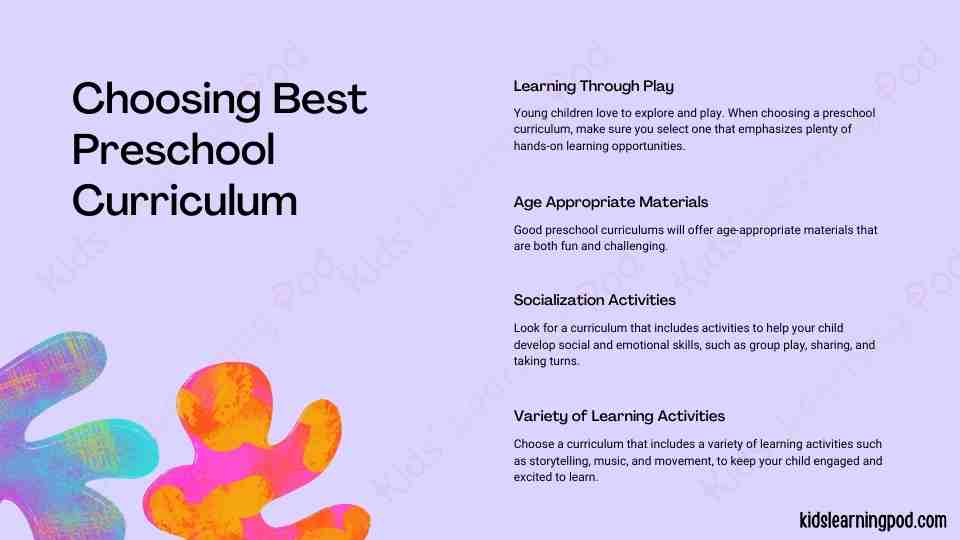
Free Sample curriculum
Find below weekly free curriculum sample plan for your little one.
Subject: English
| Day | Activity | Objectives |
|---|---|---|
| Monday | Letter of the week: A | Teach letter recognition and phonics, practice writing, introduce vocabulary related to the letter A |
| Storytime | Encourage children to listen and engage with stories, practice comprehension and critical thinking. | |
| Circle time | Review days of the week and months of the year, practice counting and number recognition. | |
| Tuesday | All About Me | Encourage children to talk about themselves, practice speaking and listening skills, introduce personal pronouns. |
| Alphabet Scavenger Hunt | Practice letter recognition and phonics, encourage problem-solving and teamwork. | |
| Wednesday | Nursery Rhymes | Practice language and literacy skills, introduce vocabulary related to the chosen nursery rhymes. |
| Creative Writing | Encourage children to begin practicing writing skills, introduce basic sentence structure. | |
| Thursday | Show and Tell | Encourage children to share their interests and experiences, practice speaking and listening skills. |
| Phonics Game | Practice phonics skills in a fun and interactive way | |
| Friday | Reading Buddies | Pair children up to practice reading skills together. |
| Letter of the Week Craft | Practice fine motor skills and creativity while reinforcing letter recognition and vocabulary. |
Subject: Science
| Day | Topic | Objective | Activity |
|---|---|---|---|
| Monday | My Body | To help children understand and appreciate their body | Observe and discuss the parts of the body and their functions |
| Tuesday | Five Senses | To help children understand the five senses and how they work | Engage in sensory activities such as smelling, tasting, feeling, and hearing different objects |
| Wednesday | Weather | To help children understand weather and how it affects our daily lives | Discuss different types of weather and participate in weather-related activities such as making a weather chart |
| Thursday | Plants | To help children learn about the parts of a plant and their functions | Observe and discuss different parts of a plant, and plant seeds for them to take care of throughout the week |
| Friday | Animals | To help children learn about different types of animals and their habitats | Discuss different types of animals and their habitats, and engage in animal-related activities such as making animal masks |
Subject: Mathematics
| Day | Topic | Learning Objectives | Activities |
|---|---|---|---|
| Monday | Counting | Counting objects up to 3. | Counting objects in the classroom, counting with fingers. |
| Tuesday | Shapes | Recognizing and naming 2 basic shapes. | Sorting shapes, matching shapes, creating shapes with playdough. |
| Wednesday | Numbers | Identifying numbers 1 to 5. | Number recognition games, counting objects with numbers. |
| Thursday | Patterns | Identifying and creating simple patterns. | Pattern recognition activities, creating patterns with objects. |
| Friday | Measurement | Introducing the concept of measurement and size comparison. | Comparing objects by size, measuring objects with blocks. |
What Do Kids Learn in Preschool?
Preschool provides a foundation for learning that helps prepare children for success in kindergarten and beyond. In preschool, children learn a range of skills that help them develop socially, emotionally, physically, and cognitively. These skills are taught through a variety of activities that are tailored to meet the needs of individual children.
For example, letter recognition and writing skills are introduced through hands-on activities and games that make learning fun and engaging. Calendar time provides an opportunity for children to learn about days of the week, months of the year, and important events. In addition to learning academic skills, children also learn important social skills such as cooperation, communication, and respect for other children and teachers. Overall, the preschool experience provides a well-rounded education that sets children on a path towards success in school and life.
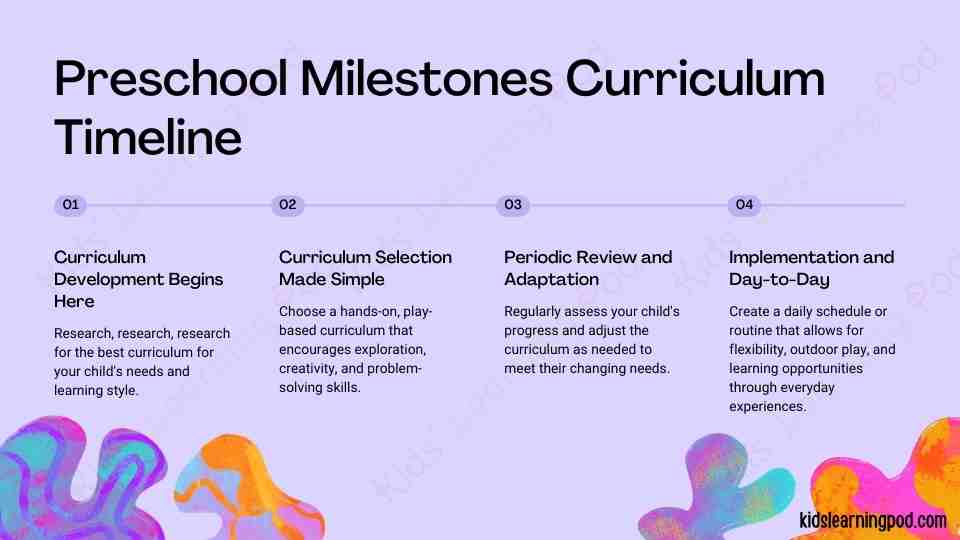
Differentiate Learning for Every Children
As a teacher or caregiver, it is important to recognize that each child has unique learning needs and styles. Differentiating instruction allows you to provide multiple ways of presenting information, engaging learners, and assessing understanding. By adapting your teaching methods and materials to meet individual children’s needs, you can ensure that every child is challenged and supported at their own level. This approach promotes equity, inclusion, and academic success for all children in your preschool classroom. In this section, we’ll explore some effective strategies and tips for differentiating learning in your best preschool curriculum.
Inspire Children with Project-Based, Investigative Learning
Project-based and investigative learning are powerful ways to engage children in their own learning, inspire curiosity, and encourage problem-solving skills. Instead of just teaching concepts and skills in isolation, these methods involve children in authentic, hands-on experiences that help them connect what they are learning to the real world. They encourage children to ask questions, explore ideas, and work collaboratively to find solutions. As a teacher or caregiver, it is important to create a classroom environment that fosters project-based and investigative learning. One must explore some tips and strategies for incorporating project-based and investigative learning into best preschool curriculum, and how you can inspire children to become lifelong learners.
Learning Environment
Kindly Allow Pop ups to let the Download Begin!
How We Teach
If you are a preschool English teacher or parent or if you have been, share your best ideas for starting class in the comments section below.
Kid’s Learning Pod is a company dedicated to helping children build a strong foundation in science through fun and interactive learning. They offer a range of easy-to-read readers that are designed to promote reading and learning of advanced concepts in early ages. Their approach is to make science learning simple and accessible to young children. With a focus on fostering a love for science and learning, Kid’s Learning Pod creates engaging materials that support families in their efforts to help their children thrive. The company’s commitment to providing high-quality resources has made them a trusted name among parents and educators alike. you can find many free resources and books here to form Best preschool curriculum for your child.

